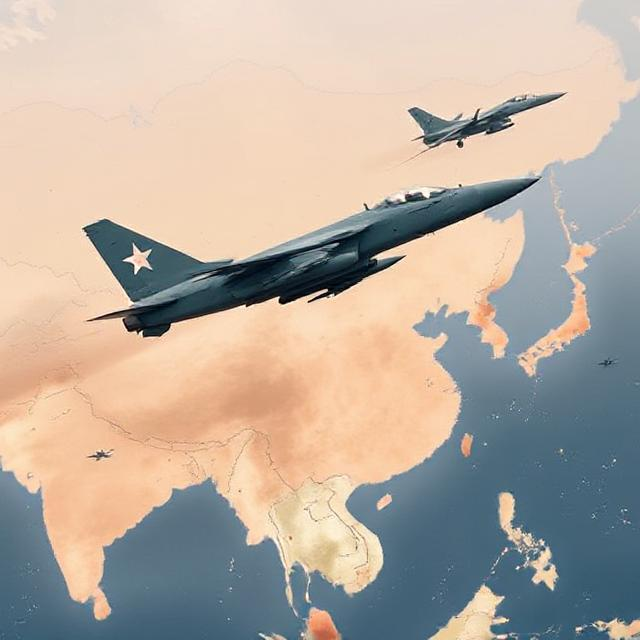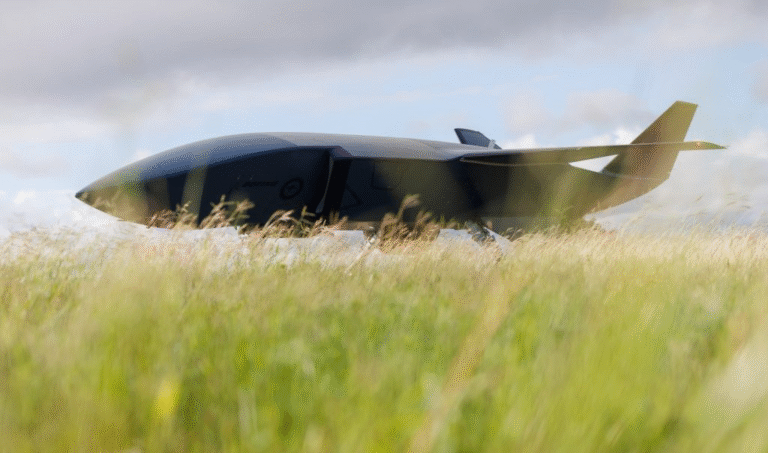
The growing rift between the U.S. and Europe over security policy is threatening the once rock-solid alliance. While differences over how to address Russia’s aggression against Ukraine triggered this divide, its deeper roots lie in U.S. President Donald Trump’s skepticism toward the value of such partnerships.
Recognizing that they can no longer rely on the U.S. for defense, European nations are swiftly working to strengthen their own capabilities. This shift has significant implications for U.S. allies in Asia, including Japan, South Korea and Australia, prompting them to reassess their strategies.
As Asia faces potential risks stemming from U.S. military reductions in the region, it is crucial for countries to adopt proactive measures to ensure regional stability and security. Here are some key strategies for addressing this challenge:
- Strengthen Regional Defense Cooperation: Asian countries should prioritize enhancing defense partnerships and collaboration through organizations like ASEAN, the Quad, and other multilateral frameworks. Joint military exercises, intelligence sharing, and coordinated security strategies can help fill gaps left by U.S. military reductions.
- Invest in Indigenous Defense Capabilities: Nations should focus on building their domestic defense industries and capabilities. This includes increasing defense budgets, modernizing military equipment, and developing advanced technologies such as cybersecurity, artificial intelligence, and missile defense systems.
- Diversify Security Partnerships: While the U.S. remains an important ally, Asian countries should consider diversifying their security partnerships by strengthening ties with other global powers, such as the European Union, India, and Australia. This diversification reduces over-reliance on a single nation for security guarantees.
- Promote Diplomatic Engagement: To prevent potential conflicts, Asian countries should engage in active diplomacy with neighboring states, including China, to address security concerns and territorial disputes. Confidence-building measures and conflict-resolution frameworks can foster a more stable regional environment.
- Enhance Economic Interdependence: Strong economic ties among Asian nations can act as a deterrent to military conflicts. By deepening trade relations and pursuing regional economic integration, countries can create mutual incentives for peace and cooperation.
- Prepare for Non-Traditional Security Threats: Beyond conventional military threats, Asia must address challenges such as climate change, terrorism, and pandemics. Strengthening resilience to these non-traditional threats will contribute to overall regional stability.
- Engage the U.S. in Non-Military Roles: Even with a reduced military presence, the U.S. can play a vital role in the region through economic initiatives, technological partnerships, and support for capacity-building programs, ensuring its continued engagement in Asia.
By adopting a multifaceted approach that includes defense, diplomacy, and economic collaboration, Asian nations can mitigate the risks associated with U.S. military reductions and ensure a stable and prosperous future for the region.





